If you're looking for a reliable and lightweight battery for your boat, RV, or off-grid system, chances are you've come across lithium iron phosphate (LiFePO4) batteries. One of the biggest advantages of this technology is its significantly lower weight compared to traditional lead-acid and gel batteries. In this article, we'll delve deeper into the technology and explain exactly why a LiFePO4 battery is so much lighter.
1. The difference in material: lead vs. lithium
The main reason for the weight difference between lead-acid and LiFePO4 batteries lies in the materials used. Lead-acid and gel batteries consist primarily of heavy lead plates combined with an electrolyte (sulfuric acid or gel). These lead plates are necessary for energy storage, but lead is an extremely heavy metal. The average density of lead is 11.34 g/cm³.
Lithium, on the other hand, used in LiFePO4 batteries, has a density of only 0.534 g/cm³. That's almost 20 times lighter than lead! This enormous weight saving allows LiFePO4 batteries to be up to 70% lighter than traditional lead-acid batteries of the same capacity. For a 100Ah battery, this means a weight difference of 25-30 kg!
2. Energy density per kilogram
Besides the difference in weight of the materials, energy density plays a significant role. A lead-acid battery has a typical energy density of around 30-40 Wh/kg. A LiFePO4 battery averages between 90 and 110 Wh/kg. This means you can store significantly more energy with the same mass, resulting in a significantly lower weight per kWh for lithium batteries.
A practical comparison:
100Ah lead-acid battery (~35 kg) ≈ 1.2 kWh
100Ah LiFePO4 battery (~12 kg) ≈ 1.2 kWh
Here you can immediately see the advantage: the same capacity, but almost three-quarters less weight.
3. Internal structure and efficiency
LiFePO4 batteries have a different internal structure than lead-acid batteries. While lead-acid batteries contain heavy plates and liquid electrolyte, the lithium cells in a LiFePO4 battery are compactly stacked. These cells are often prismatic or cylindrical and do not contain any unnecessary fluids. Furthermore, the connections and wiring are internally optimized to minimize added mass.
4. Modular construction and lightweight housing
LiFePO4 batteries are often supplied in lightweight plastic or aluminum enclosures. Unlike the heavy steel enclosures of lead-acid batteries, these materials are specially selected to save weight without compromising strength or safety.
The modular design also allows the cells to be efficiently placed next to each other, making the battery more compact and lightweight. This makes them ideal for applications where every kilo counts, such as boats, campers, and electric vehicles.
5. Comparison in figures: LiFePO4 vs. lead acid
| Feature | LiFePO4 (Powerlit) | Lead acid |
| Weight (12V 100Ah) | 10KG | 30-35KG |
| Energy density | 90-110Wh/KG | 30-40Wh/kg |
| Lifespan | min. 4000 cycles | 500-800 cycles |
| Maintenance | Virtually maintenance-free | Top up regularly |
6. Why does this difference matter?
In marine applications and RVs, less weight directly translates to better performance. A lighter load results in more efficient fuel consumption, higher speeds, and a longer range. It's also easier to install or move a LiFePO4 battery.
7. Conclusion
LiFePO4 batteries are lighter due to the materials used, their modular design, and their efficient energy density. This makes them the ideal choice for anyone looking for power, mobility, and durability in a lightweight package.
Want to learn more about the benefits of LiFePO4 batteries? Contact us for personalized advice or browse our products!






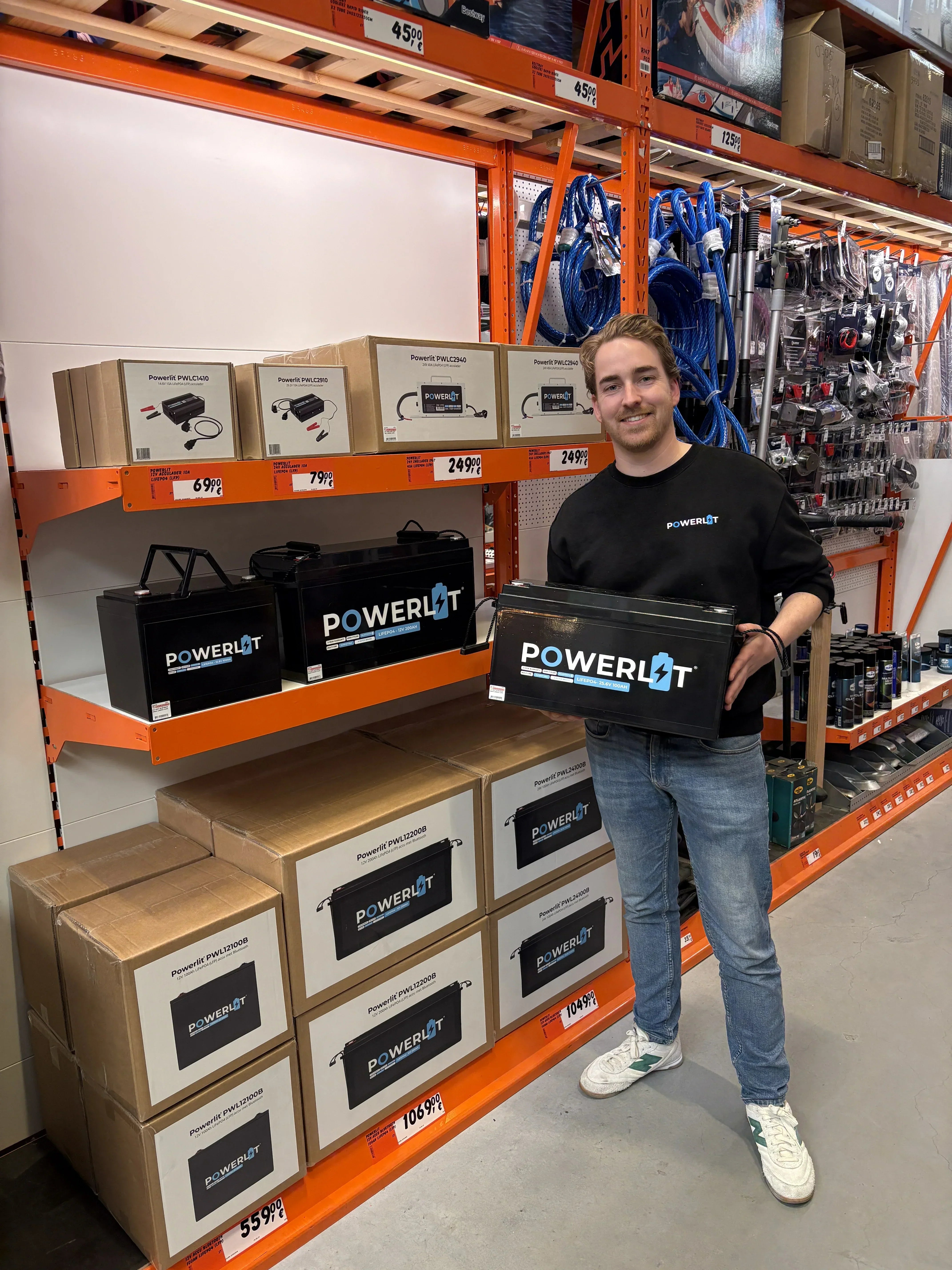
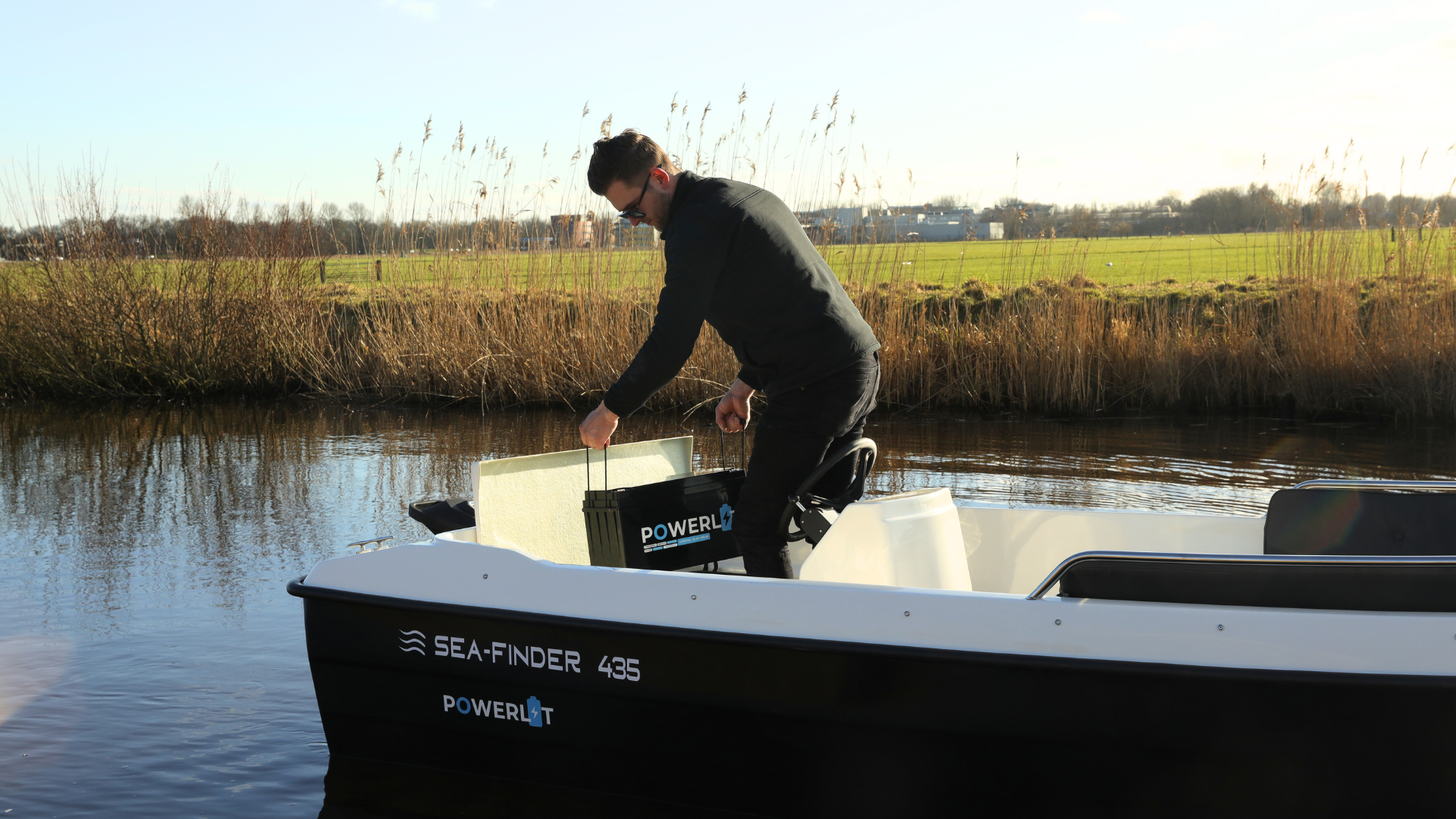
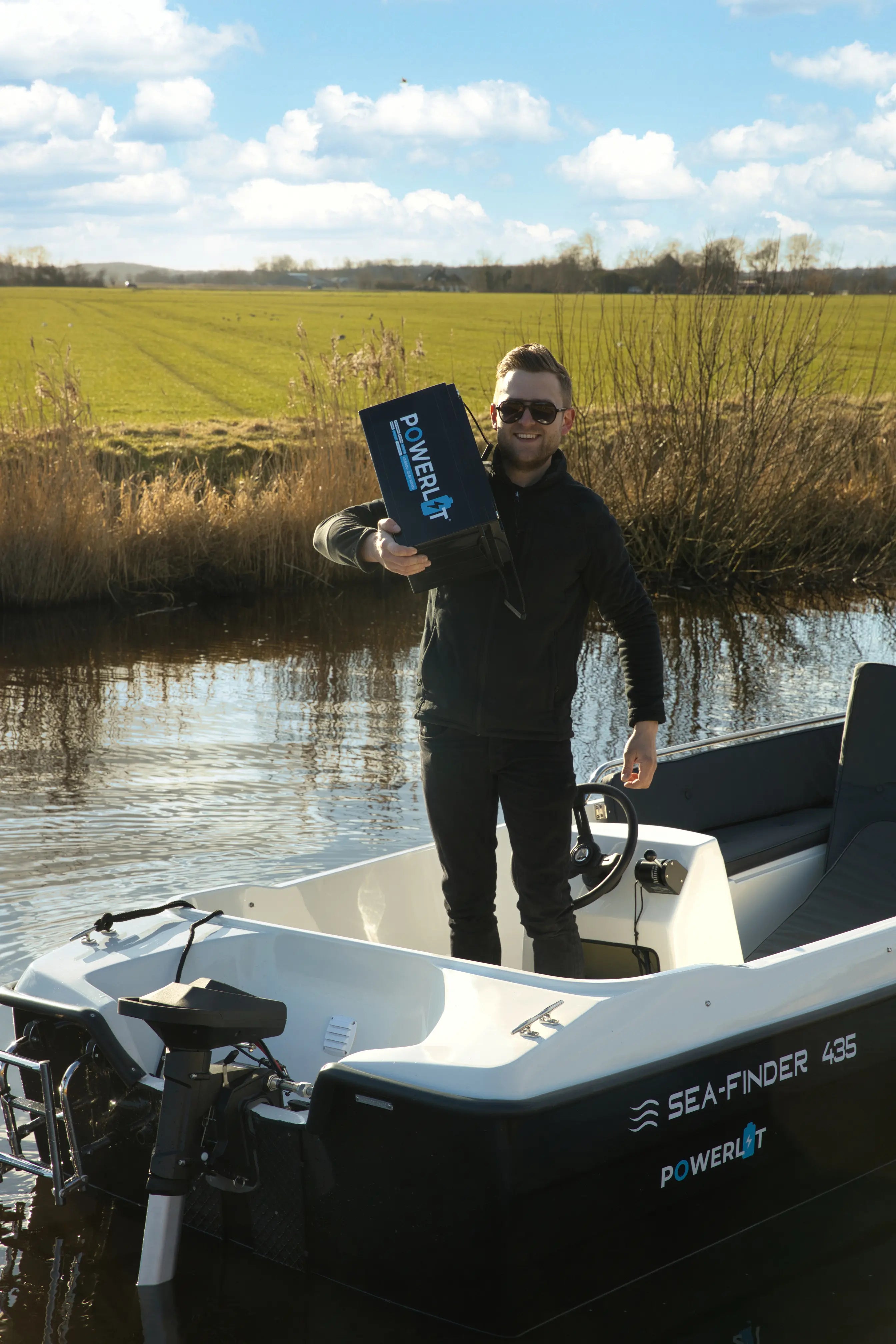
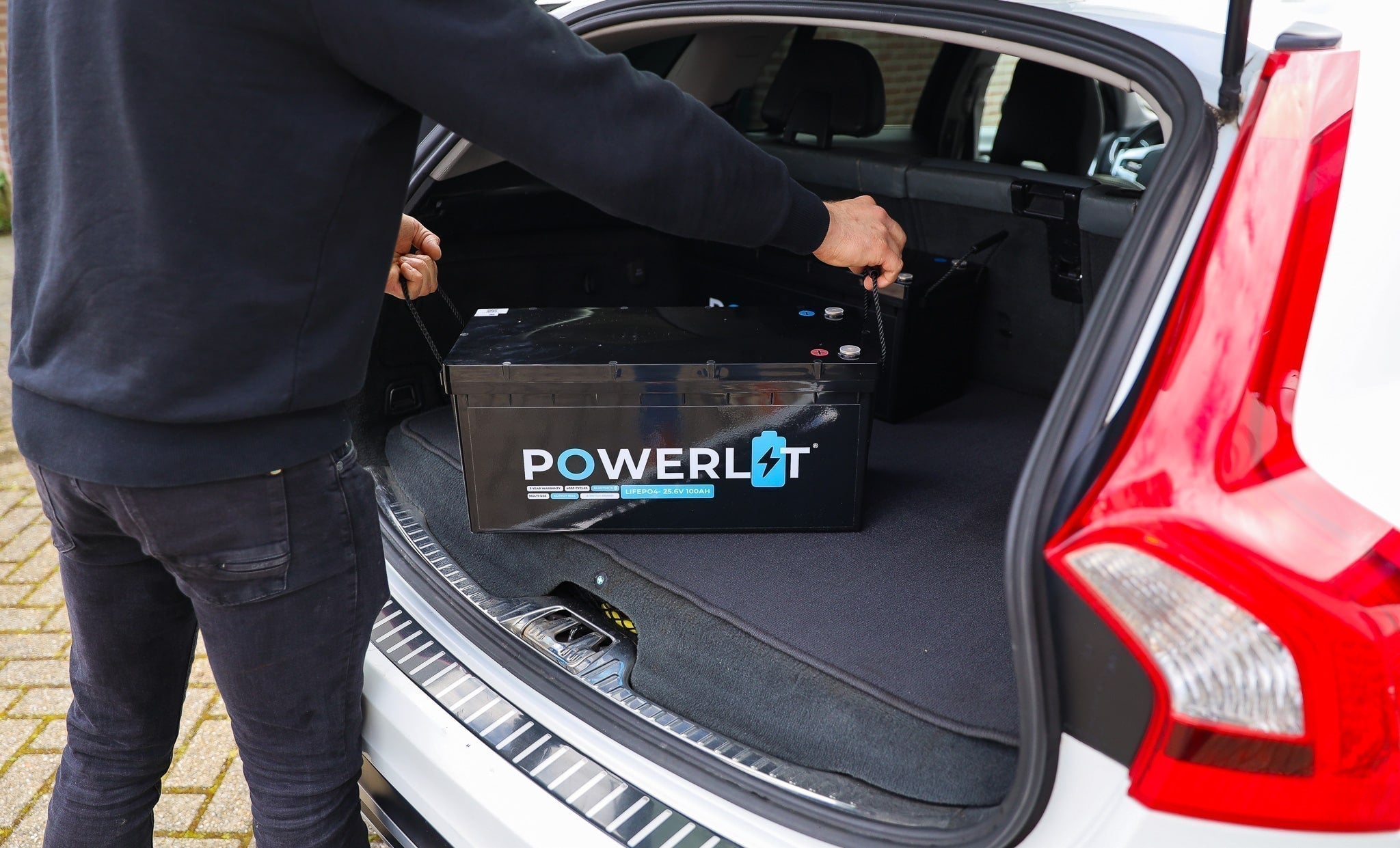

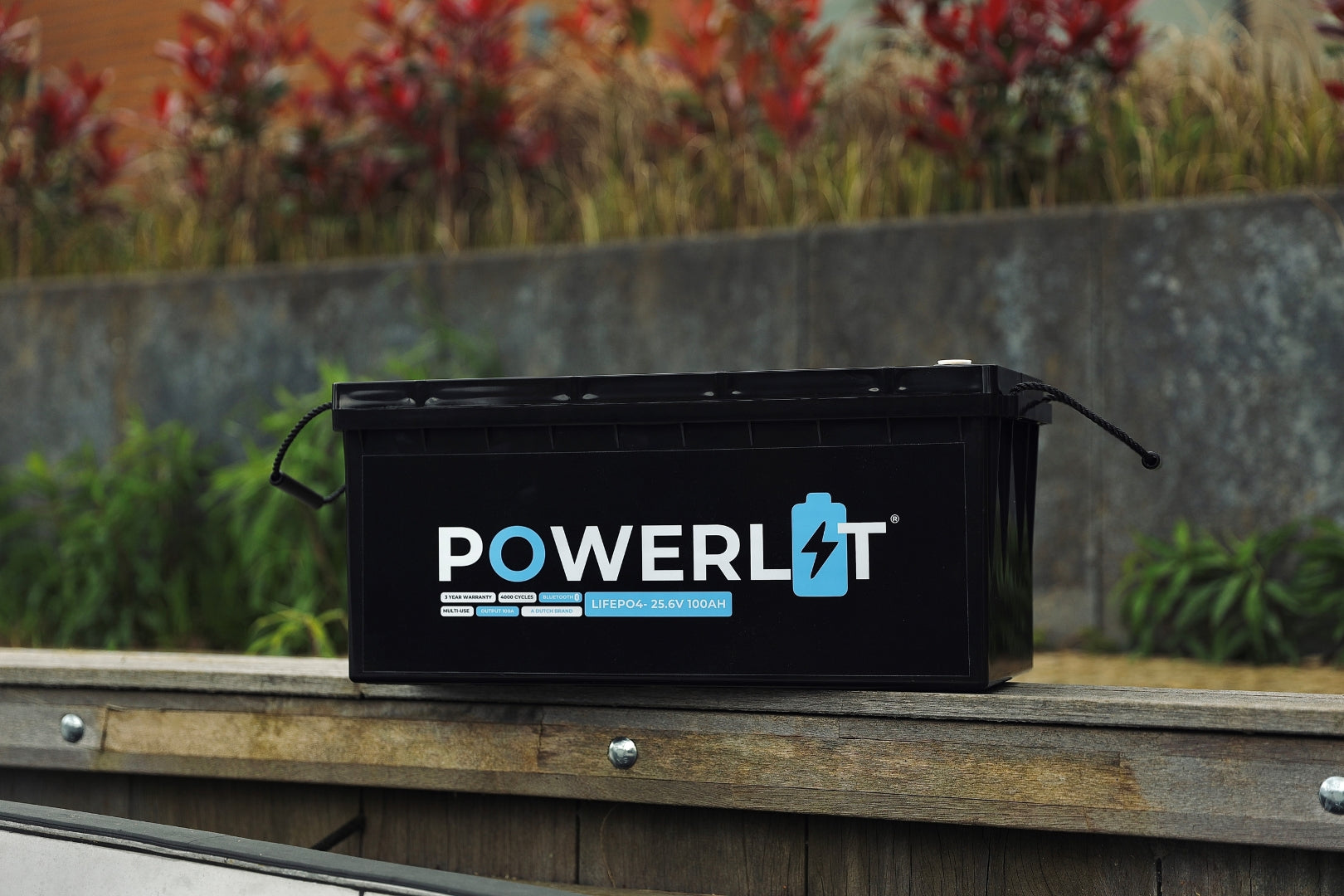
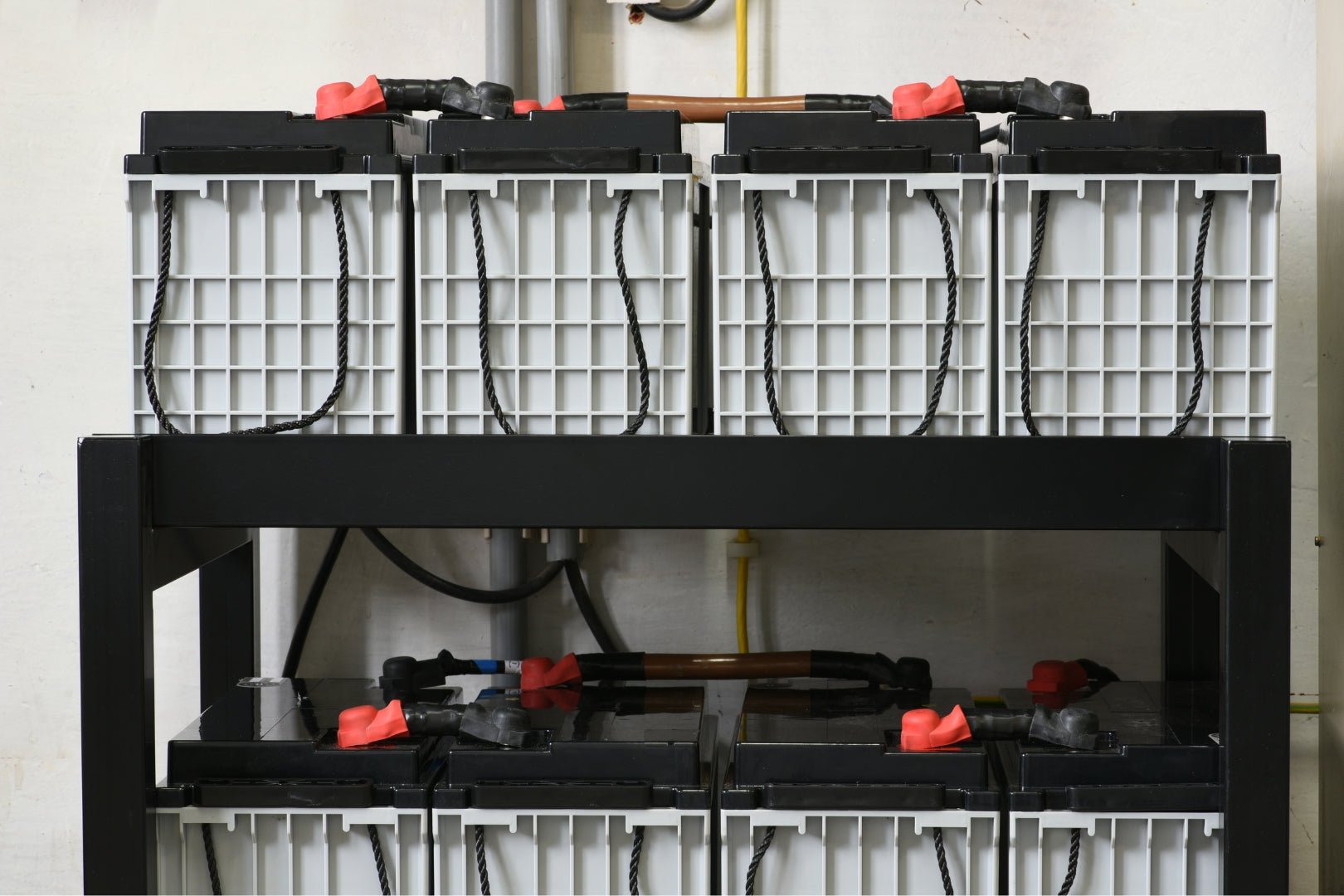
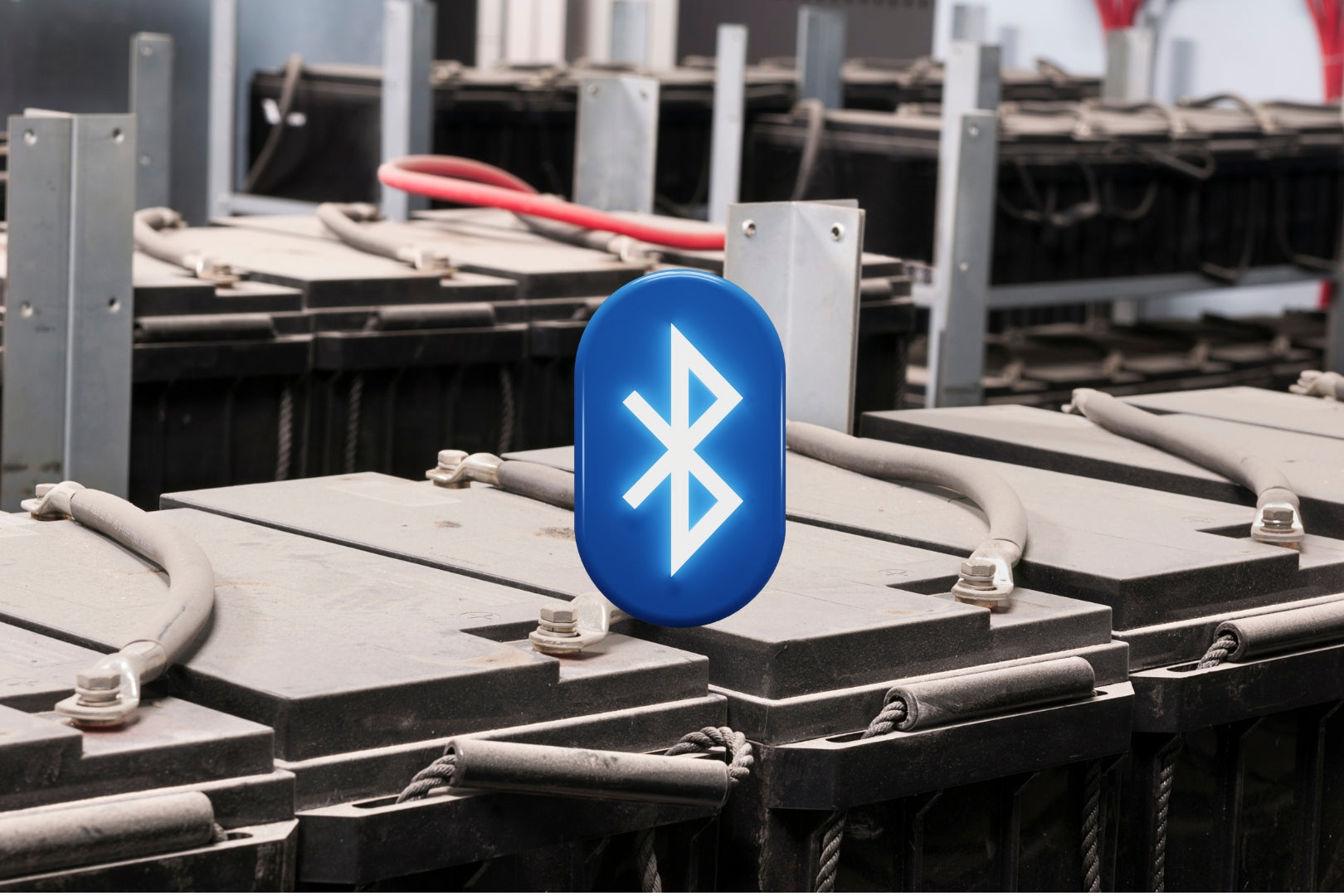
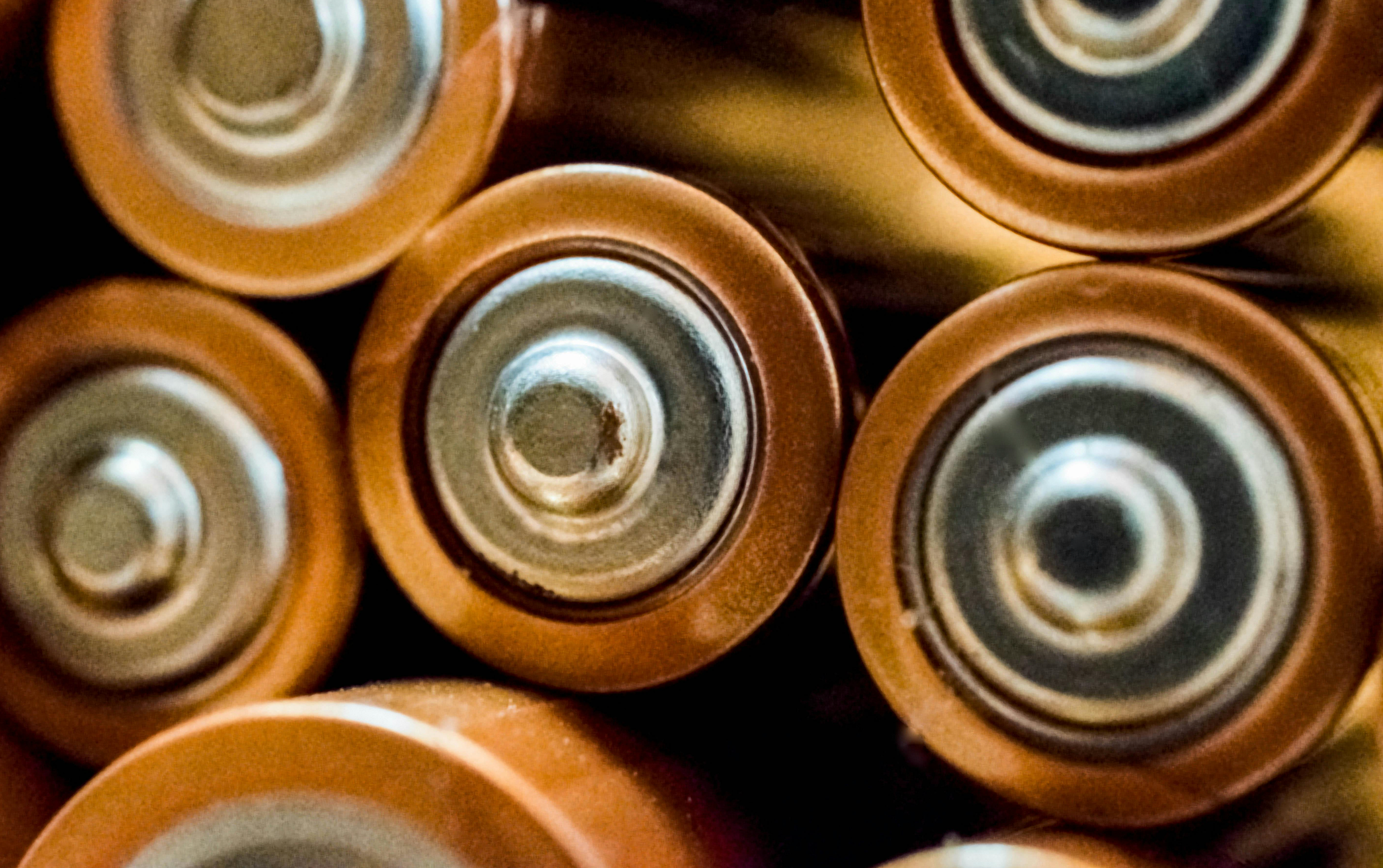
Share this post: